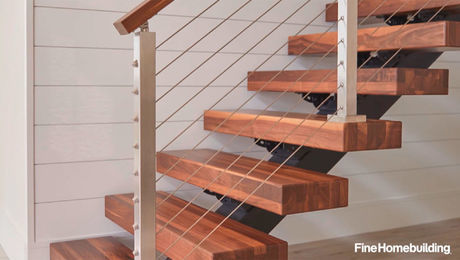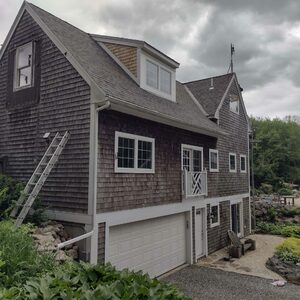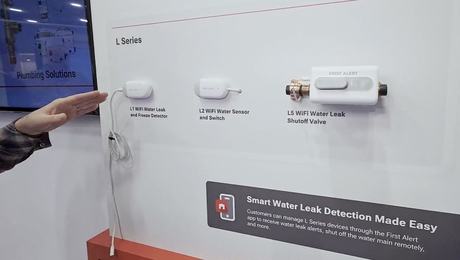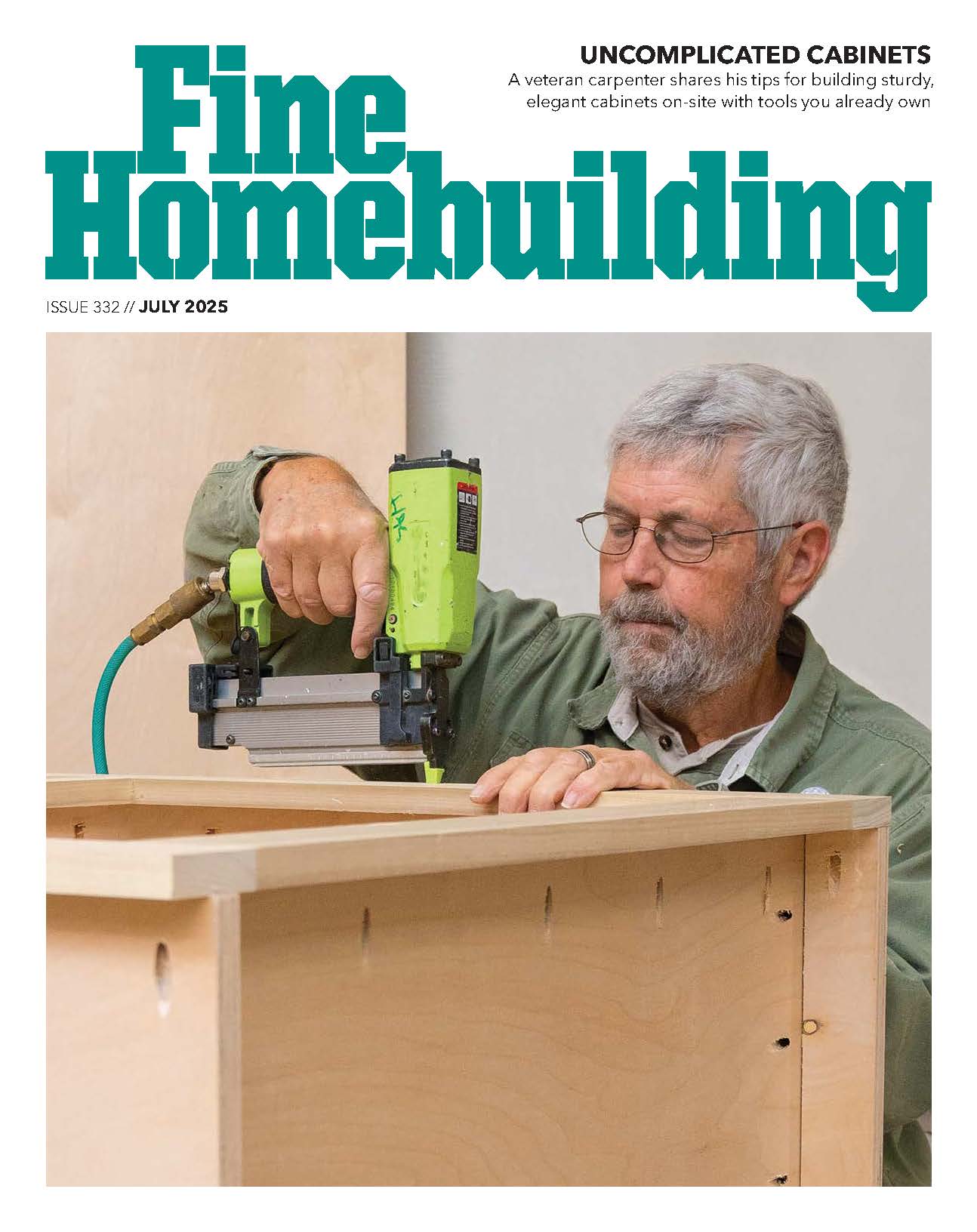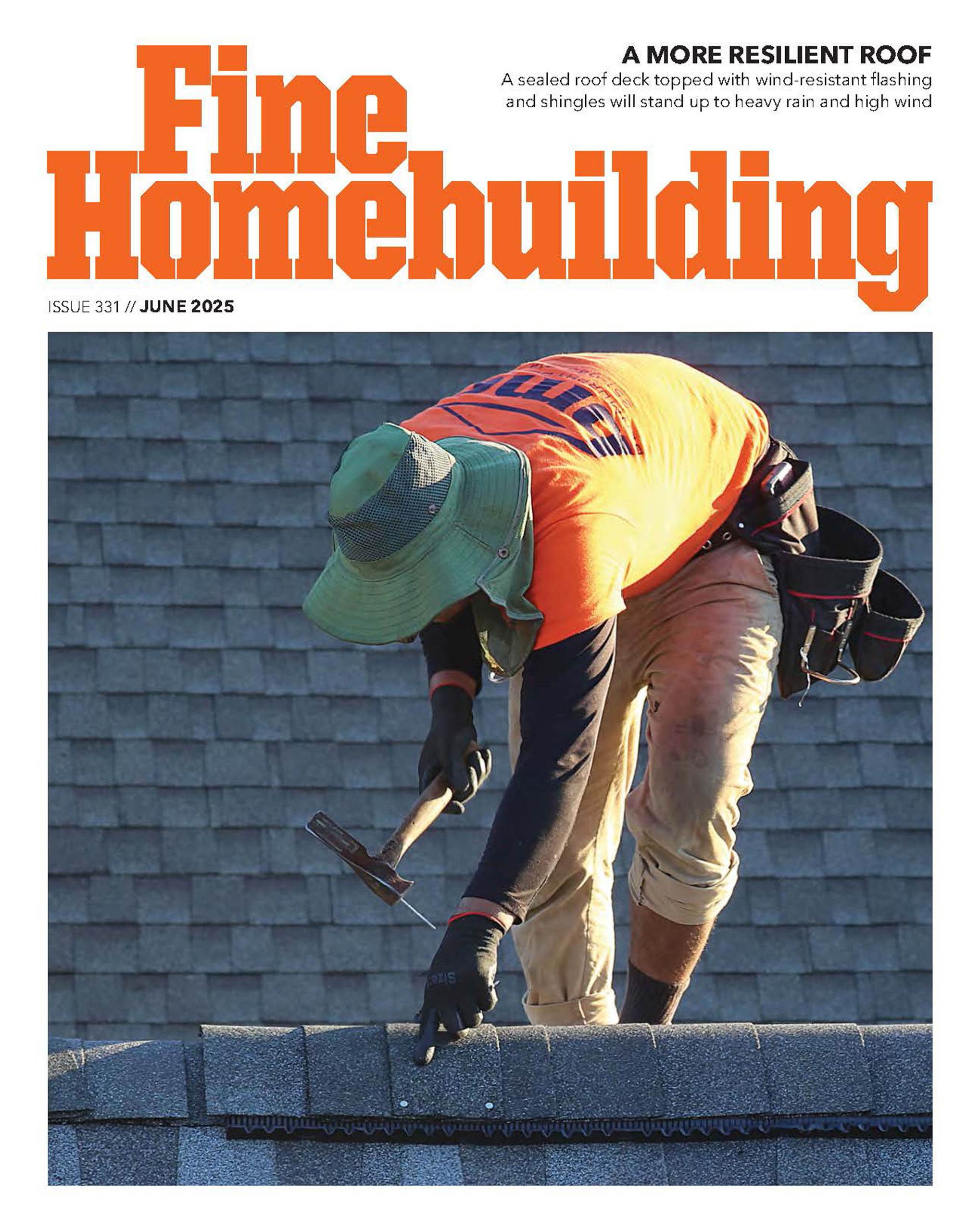Podcast Episode 680: Knob-and-Tube Wiring, Vapor Movement, and Gutter Covers
Listeners write in about shower panels and cordless tools and ask questions about old wiring, air leaks, and gutter covers.

Welcome to the Fine Homebuilding podcast, our weekly discussion of building, remodeling, and design topics aimed at anybody who cares deeply about the craft and science of working on houses. This is senior editor Patrick McCombe. I’m joined by associate editor Grant Baver, editorial advisor Mike Guertin, and producer Andres Samaniego. Please email us your questions to [email protected].
You can find previous podcasts and check out the show notes at finehomebuilding.com/podcast
 |
Check in:
- Mike: Glass-block windows
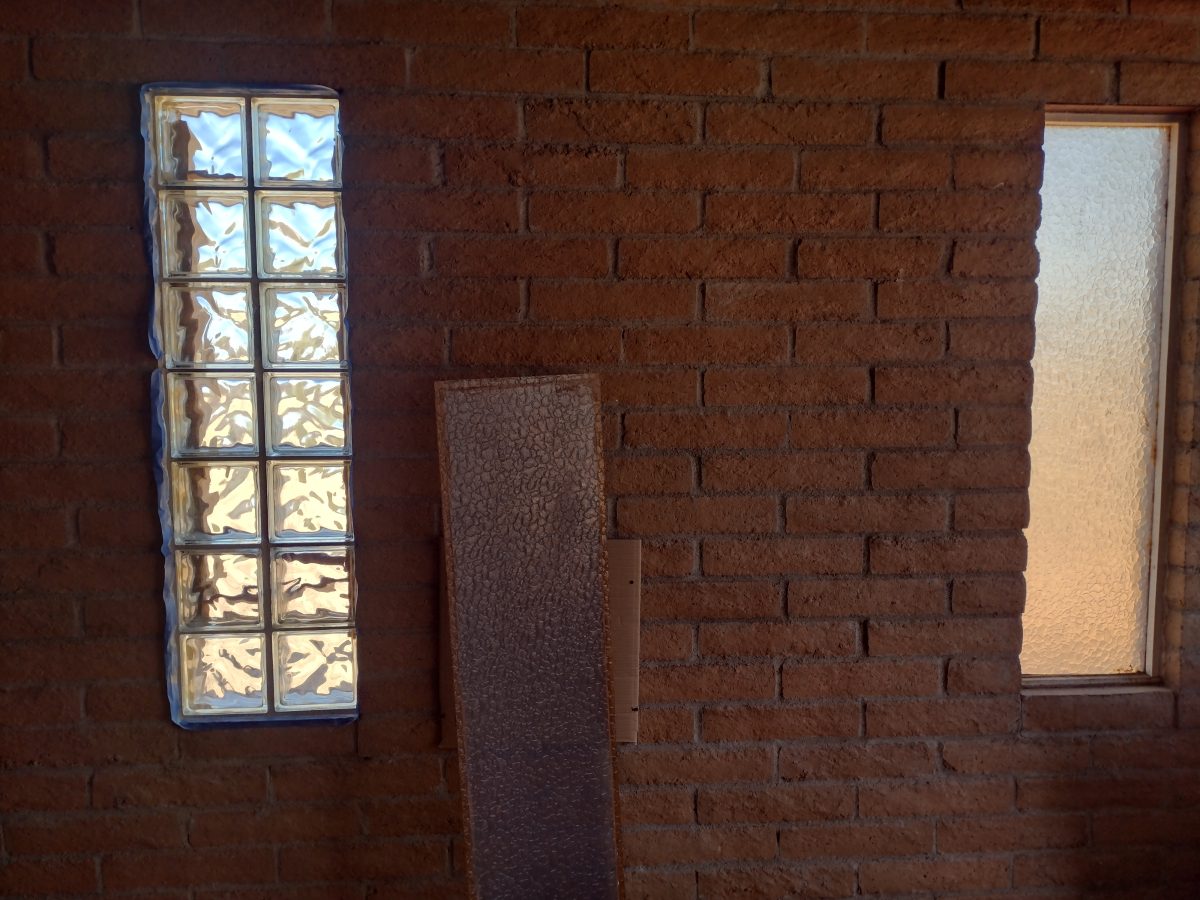 |
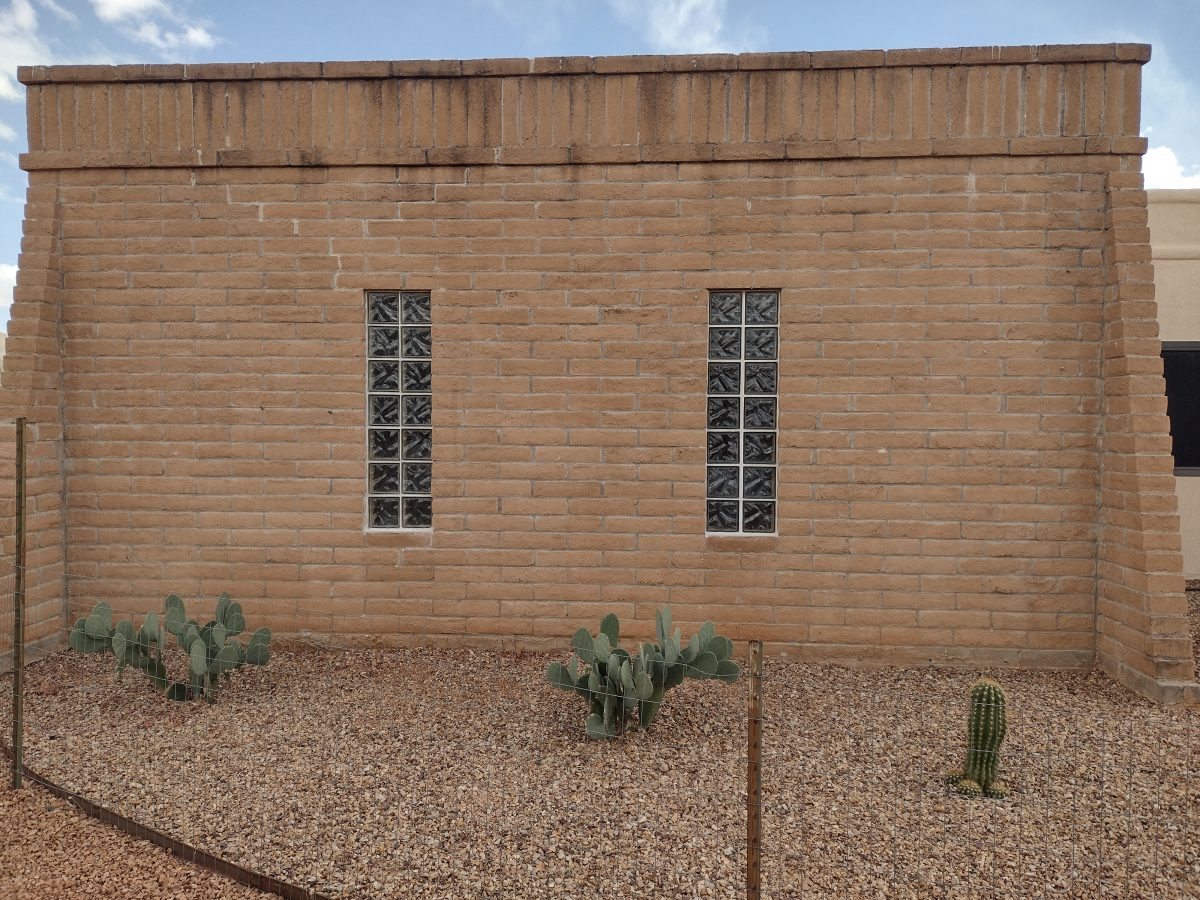 |
BS* + Beer Symposiums
- Sacramento May 6th and 7th
- Kansas City September 9th and 10th
- Philadelphia October 7th and 8th
- Cincinnati November 5th and 6th
Listener Feedback 1:
Derek writes:
Hi all,
I love the show. Thanks for the infotainment. Regarding the shower-panel dilemma in episode 672, where convenience and a desired aesthetic is seemingly in conflict with reliable water management, why not just prep the substrate as you would for tile?
If you’re already using backerboard or similar, it’s just a matter of treating the seams and an application of a roll-on membrane like HydroBan, RedGard, or similar. Then the inside corner seam on the panels does become more of an aesthetic treatment, as well as redundant waterproofing.
Derek
RELATED STORIES
Listener Feedback 2:
Kerry writes:
FHB Podcast,
I’m going to speak my opinion on nail guns. I suspect a homeowner who does carpentry tasks now and then would be best suited with a small air compressor and air tools. I agree with Grant that Senco is one of the best, and I had many years of flawless performance with it in the past. However, those are pricey, and even the low-cost kits will work well for a long time if you choose to use air. I have converted to nearly all battery-powered hand tools.
I am a remodeling contractor and seem to rarely do the same kind of task twice. I do a lot of smallish jobs. I bought into the Milwaukee M18 system long ago and now have their cordless brad, finish, and framing nailers, plus the staple gun. I absolutely love all of them—except the framing nailer. I believe they all bump-fire if you are into impressing your mates, and they bump-fire really quickly, like as fast as you can bump. Yes, it’s necessary to bump-fire sheathing, but that’s it in my opinion. I’ll use the battery-powered framing nailer 99% of the time rather than get out the 90-lb. air compressor, hoses, and pneumatic framing gun, although that battery nailer is ridiculously heavy and comes with a short magazine that holds one clip of nails. I recently framed a small upright bulkhead, like on a shed. I actually injured a shoulder muscle using that tool and wearing a suspender tool belt. It is a two-handed tool unless you are a beast.
I’m on my third impact driver in probably 10 to 12 years. The electronics seem to fail. Even my relatively new one is glitchy. The batteries last a superlong time—longer than other the impact drivers. I don’t think I’ve replaced anything due to product failure.
I have no interest in replacing my high-amperage corded tools with battery-powered tools. The batteries cost too much and stationary tools are easy to plug in. I want to tell anyone and everyone that the DeWalt 10-in. tablesaw is the greatest tablesaw on Earth. I designed an outfeed table for it, and it does everything I could ask for with accuracy and ease. DeWalt has been killing it with product design lately. Their products are very thoughtfully designed.
Kerry
Westminster, Mass.
RELATED STORIES
Question 1: Can you keep existing knob-and-tube wiring?
Matt from Freeland, Md., writes:
I was recently removing a wall for a homeowner that had electric in it. They had previously hired an electrician to remove the knob and tube wiring from the attic in preparation for insulation – since knob and tube can’t be buried in insulation. Inside the wall we found knob-and-tube wiring coming down from the attic. When I investigated, I found that the electrician had put a junction box at each of the spots where the knob-and-tube wiring transitioned from the attic to the walls and had spliced in new wire between the junction boxes, hooking up only the hot wire and leaving the neutral and ground unattached to anything in the box.
The homeowner wasn’t happy, thinking they had removed the system, and asked me if this was acceptable. I really didn’t know. I thought knob-and-tube wiring couldn’t be buried because the system gets too hot, not because of the age of the wire or anything. This setup means keeping the knob-and-tube system but replacing some wires in it. Is this an acceptable solution for under attic insulation?
Thanks for your podcast.
Matt
RELATED STORIES
Question 2: Is it necessary to air-seal hard-to-reach areas during a renovation?
Neils writes:
Hi Podcast,
I’m currently renovating a house that I’m trying to air-seal to the best of my ability. I’m trying to wrap my head around some building science air-sealing concepts in renovation work, and I’m wondering if you can help me with this one:
There’s an illustration I saw showing moisture diffusion through drywall with and without a 1-in. square hole. It showed that the 1-in. hole allowed 90x the moisture to pass through due to lack of air-sealing (1/3 qt/month without the hole compared to 30 qts/month with the hole).
Does this mean that if there any specific areas left without air-sealing (between floors or in some other hard-to-reach zone) that those would see the same increased potential for moisture damage as if the building was left without air-sealing?
Thanks,
Niels
RELATED STORIES
- Podcast Short: Insulate and Air-Seal Floor Trusses
- VIDEO: Air-Sealing a Bathroom Remodel
- See Air Leaks in Hard-to-Reach Places
- Fix Air Leaks in an Old House
Question 3: Are gutter covers helpful or harmful?
Dale writes:
Dear FHB Podcast Crew,
Our home has a large Siberian elm tree in the backyard. In addition to leaves, this tree sheds a lot of small branches and twigs, which wind up in the gutters. At the other end of the house, our neighbor’s spruce trees deposit many dried needles in the gutters.
A couple of years ago I installed extruded-aluminum gutter covers from Home Depot around the perimeter of the house. (The cost was modest). Now, in the spring and autumn, instead of crawling around the perimeter of the roof on hands and knees with a five-gallon bucket to remove leaves, twigs, etc. from the gutters, I cruise around with my leaf blower to quickly clean the tops of the gutter covers.
During a recent podcast episode, I think it was Grant Baver who started maligning gutter covers but gave no details. Could he provide more details? Am I missing something?
Regards,
Dale
RELATED STORIES
Sign Up for Build Custom Cabinetry with Gary Striegler
Unfortunately that is all the time we have for today. Thanks to Mike, Grant, and Andres for joining me and thanks to all of you for listening. Remember to send us your questions and suggestions to [email protected] and please like, comment, or review us no matter how you’re listening–it helps other folks find our podcast.
Happy Building!
Fine Homebuilding Recommended Products
Fine Homebuilding receives a commission for items purchased through links on this site, including Amazon Associates and other affiliate advertising programs.

Affordable IR Camera
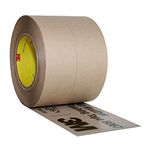
8067 All-Weather Flashing Tape
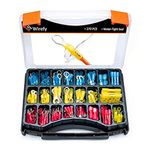
Reliable Crimp Connectors




